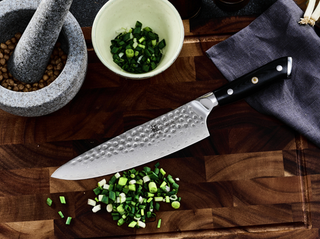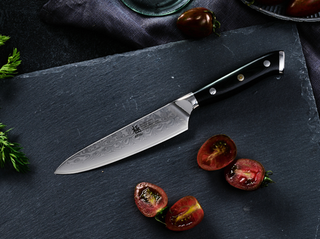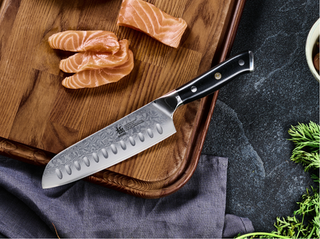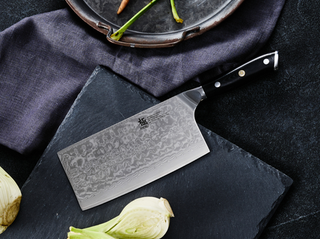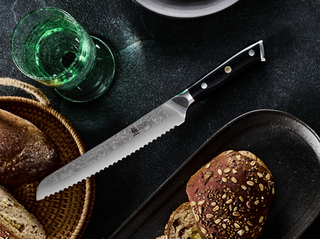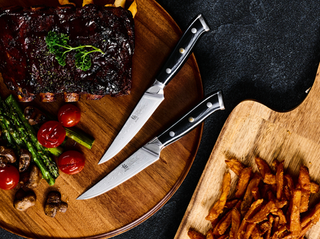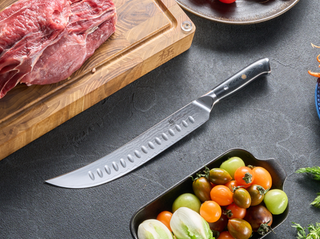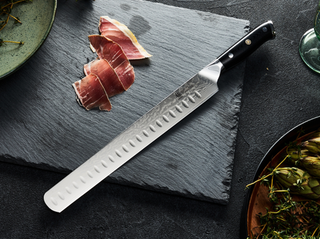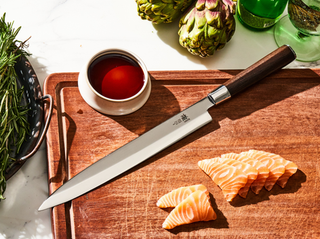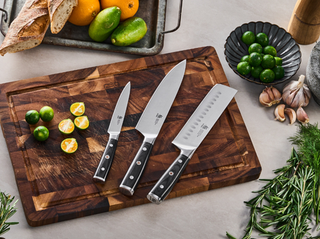You were used to buying ground beef from the supermarket and that too of premium quality, but be honest with yourself: has the surge in prices caused the quality to drop down significantly, affecting your recipes too? Instead of stressing over your upcoming hamburger party, how about you make your own ground beef as that provides you with multiple benefits like having control over the meat cut, fat content, and entire quality.
It's okay if you are unaware of the making procedure as the following blog will teach you how to make your own ground beef, with the equipment, ingredients required, and step-by-step instructions to save yourself from further cooking disappointments.

Take Safe Measures
Make Sure The Meat Is Fresh
While purchasing meat, make sure the beef is fresh and of high quality. Just lay your hands on fresh meat and refrain from the one that has even the slightest discoloration and stench as that will spoil your entire experience.
Store The Meat In The Freezer
As soon as you get home after doing the grocery, store the meat in the freezer. It is because bacteria grow faster in warm temperatures, therefore keep your meat below 40F. Besides the beef, your grinding equipment should also be placed in a cool place for the same purpose.
Wash Everything
Next, use hot soapy water and a sanitizing agent to wash your hands, grinder, cutting board, and utensils that you will be using when making ground beef.
Prepare Quickly
If you are planning to make ground beef straight away, then prepare the equipment quickly, because leaving your beef at room temperature means inviting bacteria to grow faster.

Equipment Options For Grinding Beef
Since you are learning how to make your own ground beef, then the good news is that you can ground beef using two methods. One is with a meat grinder attachment and the other is via a food processor.
Meat Grinder Attachment
For large meat quantities, a meat grinder attachment is preferred as it also gives you complete control over the grinding size. The majority of the stand mixers steal the show with optional attachments for grinding meat. If you are using this option, then thoroughly check your grinding attachment is compatible with your mixer model and also has your desired grinding plates that give you coarse, medium, or fine beef.
Food Processor
Do you wish to make ground beef in smaller quantities? Then go for the food processor as it works well without the presence of a meat grinder attachment. But, food processors can trouble you with larger cuts of meat and the substitute might let you down by not providing you with the same evenness that you get from a good meat grinder.
Ingredients
The Meat
Keep in mind the cut of beef your family is more fond of. Ground chuck or ground beef? If we do a ground chuck vs ground beef: they are different in terms of fat content, texture, flavor, and application. Ground chuck has around 15-20% fat and ground beef varies from 90/10 - 80/20. If these things don't matter in your view, then a mix and match of both types will suffice for your burger patties or meatballs, offering balanced flavor and fat content.
Seasonings
It is generally advised to season the ground beef as little as possible to keep the natural flavor. However, if you have made up your mind to do so, then include fresh herbs like thyme or parsley. You can also use spices like garlic or onion powder and black pepper that accentuate the flavors of this protein.

Step-By-Step Method
We are finally on the main section of the blog and you must be super eager to get enlightened on how to make your own ground beef. Read the step-by-step method carefully and you are good to go:
Prepare the Meat
First comes the meat preparation. How will you do it? Cut the meat into uniform cubes around 1 inch with the help of a sharp knife. If you don’t have the proper ones, then enter the world of Kyoku Knives, which consists of the Santoku series. It brings you a range of top-notch knives to assist your cutting. You can order a 7" Santoku Knife VG10 Damascus Steel or a 7’’ Japanese Damascus Santoku Knife. These sharp-edged tools are perfect for precise meat-cutting, hence buy yours and you will enjoy preparing the meat.
Cutting the cubes in 1-inch guarantees even grinding and keeps your grinder safe from getting clogged too. If the meat has too much fat, then you have the liberty to cut the excess before transforming it into cubes.
Chill The Meat and The Equipment
Once you are done cutting it into cubes, then freeze or refrigerate them for at least half an hour for firmness. The technique makes your grinding easier and assists in maintaining a lower temperature. Apply the same formula to your grinder attachment or food processor too.
Assemble Your Grinder
If you are making ground beef in the grinder, assemble the machine by attaching the meat grinder to your stand mixer according to the company’s instructions. Pick your desired grinding plate-like coarse, medium, or fine to move ahead with the grinding.
Grind the Meat
Take your chilled meat cubes and start putting them in the grinder one by one. Switch on the mixer and gradually grind the meat. Avoid overloading the grinder as this causes jamming.
Divide The Ground Beef
After the grinding is done, divide the beef into portions. Pack the ones that you intend to cook later and store the other half in the freezer in an airtight container that you want to use immediately.
Freeze For Later Use
To use the beef later, freeze it by placing the portions in individual freezer-safe packets and remove all the air from the packets. Label them with the date to keep them stored for three months.
Conclusion
Now know how to make your own ground beef and can teach others as well. Enjoy this cost-effective approach and make as many unique recipes out of it.
